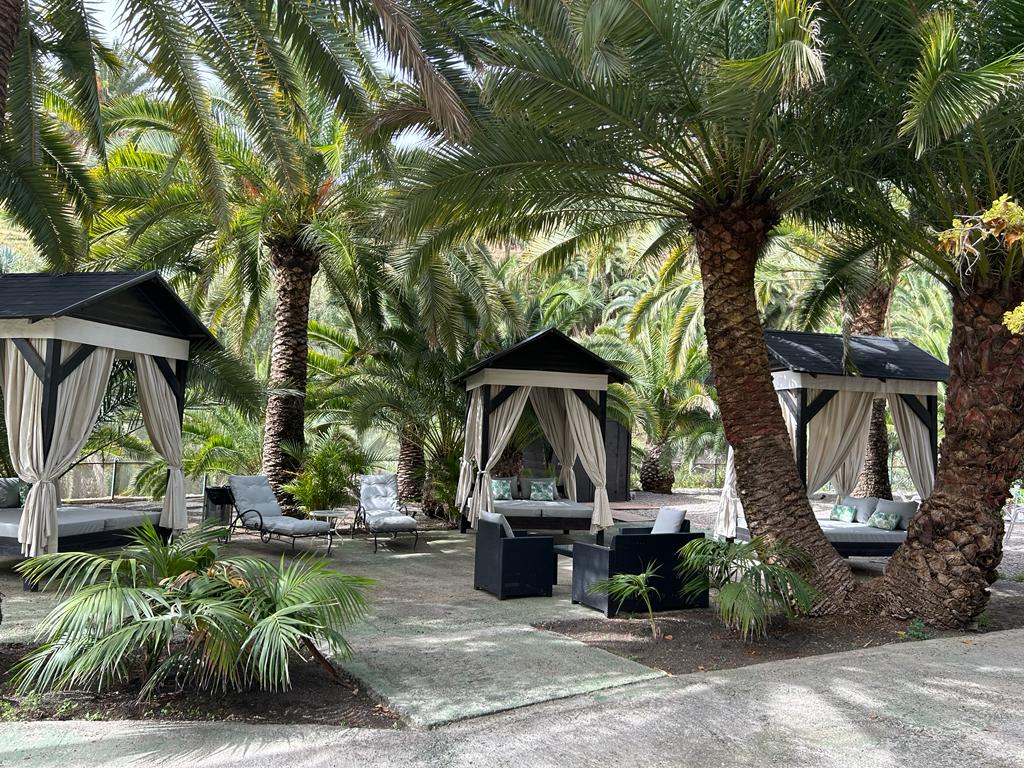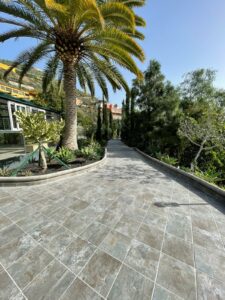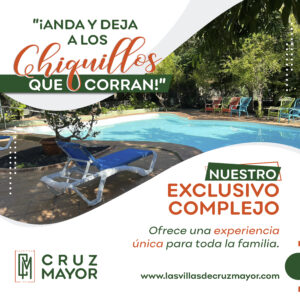Getaways to rural accommodation continue to grow day after day, especially when prominent holiday periods such as Easter arrive. It is expected that for this year, the occupancy level from April 6 to 9 will reach 65%, somewhat lower than the 70% registered in 2022. The preferred option for travelers are three nights (40%) and with family (48% ), the most sought after being those with a garden (at 73.5%).
Continuing with this study recently raised in EuropaPress, the favorite destinations will be Navarra, Extremadura, Aragón, Asturias and Castilla y León, which will touch 80% occupancy. By provinces, Navarra, Jaén, Zamora, Córdoba and Las Palmas lead the list. However, each user will choose a different type of rural accommodation based on their needs, although all allowing them to connect directly with nature. What is the difference between them?
rural apartments
They are accommodations that share the building structure with other rural apartments or private homes, with different bedrooms. The rural tourist apartments are equipped with sufficient facilities and services for the preparation and preservation of food for guests.
In the same way, and as an essential requirement, the apartments as a type of rural accommodation must have furniture and equipment for immediate occupation, with places for 2-8 people, have basic services (hot water, heating and telephone), double rooms of at least 10 m2 and individual rooms of 6m2, bathrooms with all the benefits (if it is for six or more people, it must have two bathrooms), a living room and dining room with sufficient ventilation and electrical appliances, bedding and kitchenware, and cleaning services. They will also offer information on activities and nearby points of the environment.
Rural houses
They are accommodations established in an independent building, attached or not to others, with different bedrooms, common kitchen and not always a private bathroom in each room. Its architecture is usually of a traditional nature, being able to offer or not food service, as well as the total or partial rental of the house.
Rural houses as rural accommodation are designed for between four and twenty people. Its facilities must be equipped with drinking water (hot and cold), electrical services, garbage collection and treatment, dining room, bathrooms for users (at least one for every two rooms) and external ventilation. The equipment must be optimal in the kitchen, kitchenware and furniture, it must also provide breakfast, ironing and laundry services.
rural hotels
This type of rural accommodation occupies the entirety of a building, with exclusive entrances and exits. It must have between two rooms (four places) and 50 rooms (100 places). They are normally classified into three categories (one, two or three leaves).
However, hotels are a type of rural accommodation that must meet a series of basic requirements: have heating and telephone, have a bar and lounge (with breakfast, laundry and cleaning services), perfectly equipped single or double rooms, although all of them with direct ventilation to the outside and private bathroom.
According to the World Tourism Organization (UNWTO), they can be differentiated by their number of stars, which will be associated with their rooms, services and benefits. A rural hotel may be isolated and country, be in an urban center, have a specific number of rooms and be exclusive or charming, or otherwise be a historic or newly built building.
Other typologies
In addition to those already mentioned, we can highlight other types of remarkable rural accommodation, for your Easter holidays. We talk about:
Hostels : Individual or collective accommodation with occupational plans.
Camping : Camping facility with lodging service and stays in a natural environment.
Rural tourism center: This type of rural accommodation is intended for catering and lodging, as well as complementary leisure and free time activities.
Hospedería : It is a building of historical-monumental relevance related to the art, culture, history and gastronomy of the area.
Singular hotel : It is a type of rural accommodation in a building of historical-monumental relevance and urban/rural architecture in an environment with great heritage value.
farmhouse:Accommodation of Catalan origin in rural areas and architecture in harmony with the area. It gives the option of carrying out agricultural or livestock activities.
Parador : Rural accommodation in a historic-artistic or unique building with full catering services.
Posada: Rural accommodation in a traditional building with living room, dining room, kitchen, heating and perfectly equipped rooms.
Cigarral : It is a unique and Toledo rural accommodation, endowed with a rustic and convent architecture.
Differentiation by activity
In addition to their aesthetic and physical characteristics, as well as their services, rural accommodation can be classified according to their activity. Thus, they may be rural tourism, where the traveler wants to integrate into the typical traditions of the towns he visits and their culture, or agrotourism, which offers the guest the option of visiting agricultural or livestock farms and participating in them.
Other modalities such as wine tourism are added, which are accommodation in vineyards, wineries and wine routes to see the economic and social impact of wine worldwide, visiting emblematic establishments. For its part, ecotourism will allow us to get to know Protected Natural Areas, ensuring zero environmental impact, traditional commerce, accommodation specialized in bird watching and ornithological routes or activities related to recycling, environmental education or organic gardens.
Text taken from: https://www.zonasrurales.com






